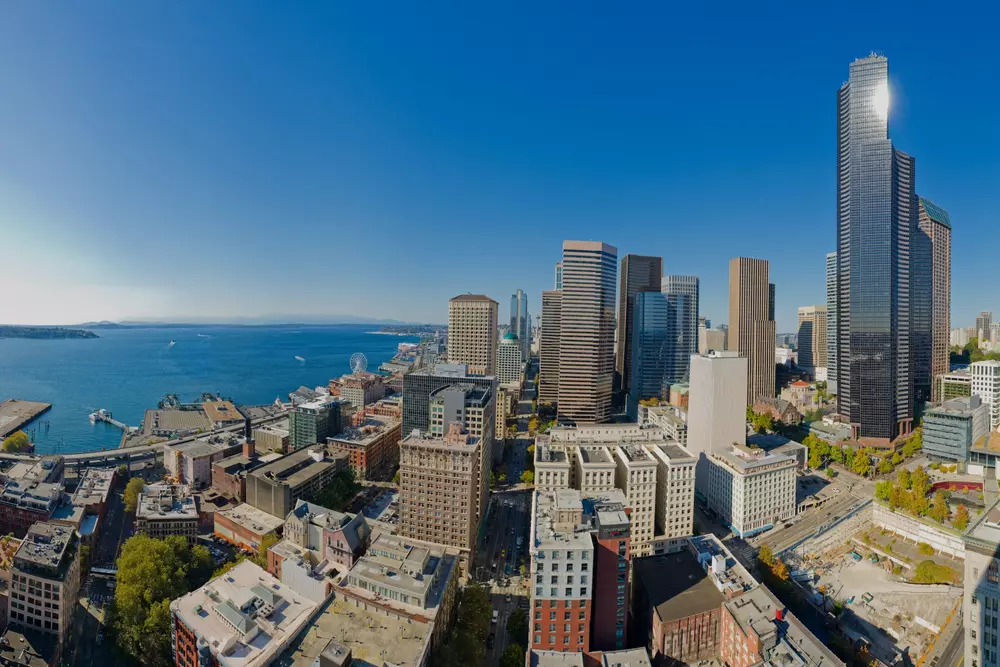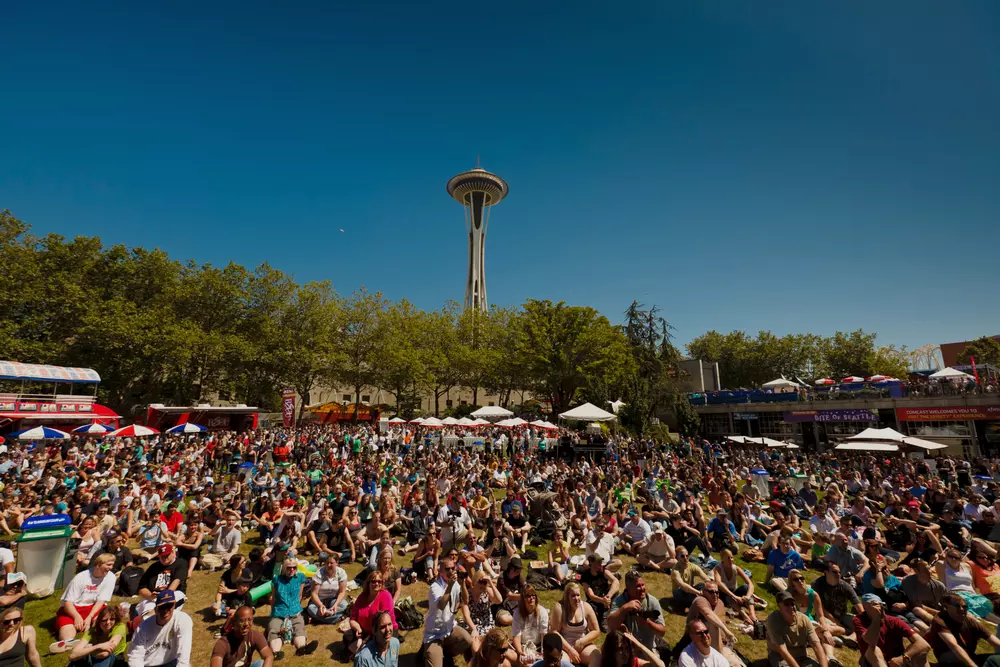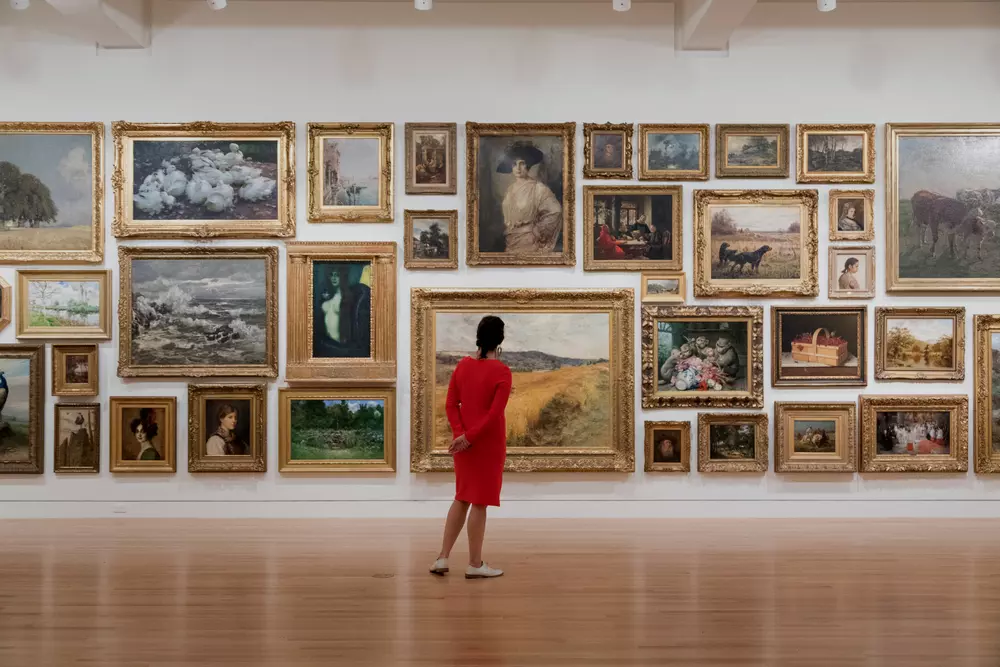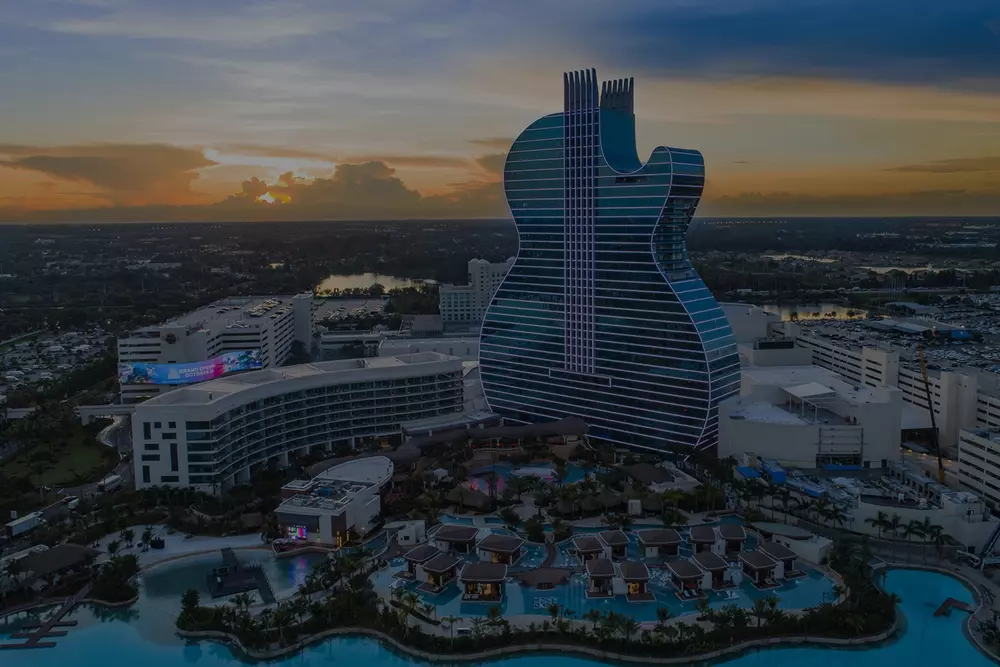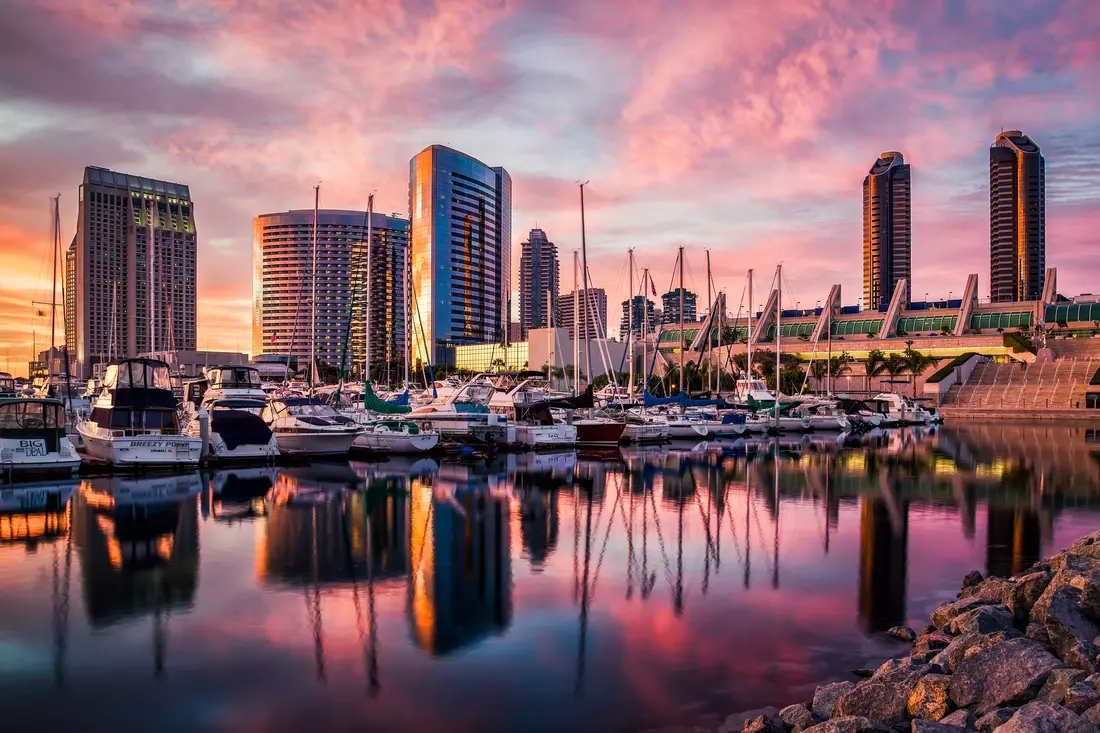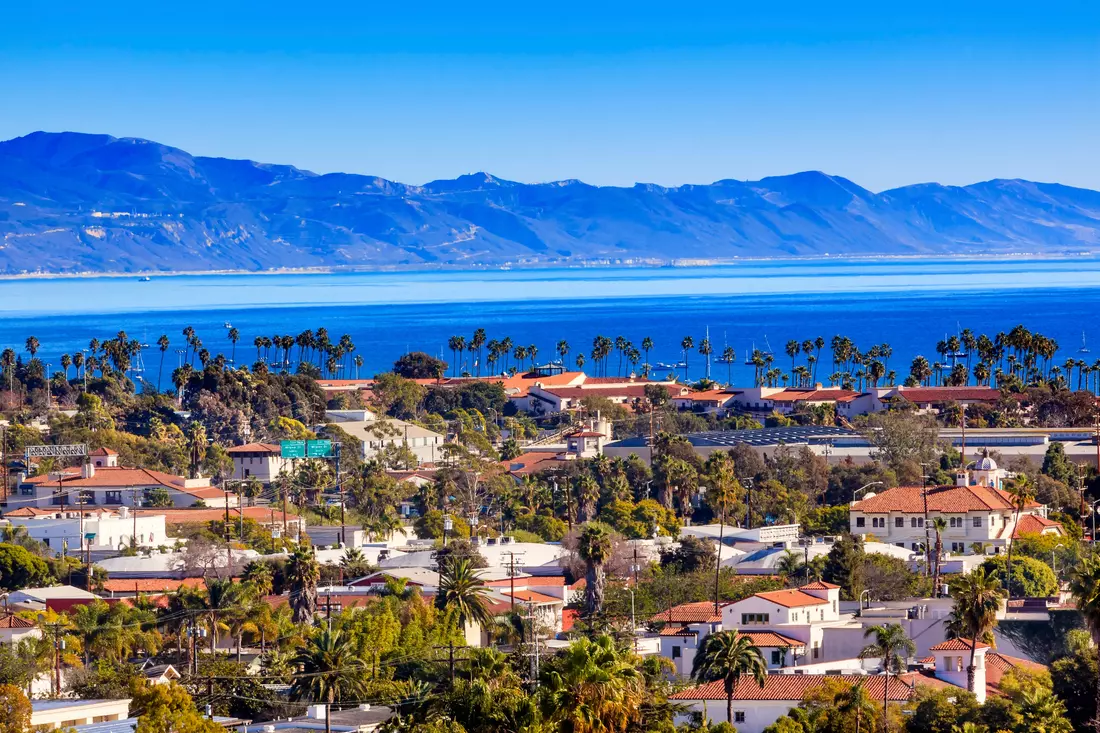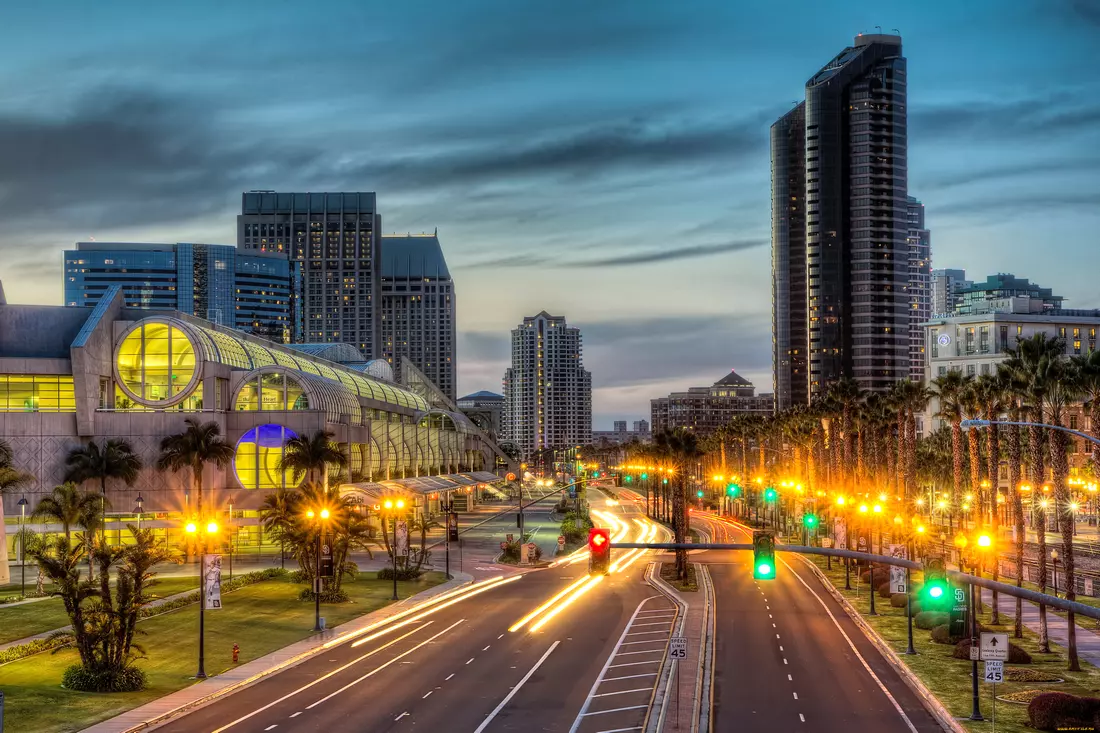Cabrillo National Monument is one of the most notable places in San Diego, where history and natural beauty intertwine. Perched atop a cliff in the Point Loma area, the monument was established in honor of the Spanish explorer Juan Rodriguez Cabrillo, the first European to set foot on what is now the West Coast of the United States in 1542.
This spot attracts both history enthusiasts and those looking to take in stunning views of the ocean and San Diego. The Cabrillo Monument is a must-see attraction in San Diego.

A Journey Through Time: The Views from Cabrillo Monument
Cabrillo National Monument was erected in San Diego's park to honor Spanish explorer Juan Rodriguez Cabrillo. The monument has a rich history, and we are eager to share it with you. With our guide, you’ll begin your tour at the visitor center, where short films and conversations with park rangers provide insight into Cabrillo’s achievements and legacy. You'll also receive weather updates, tide times, and a National Park passport stamp before visiting the "Age of Exploration" exhibit.
The monument offers an incredible view of the San Diego skyline and the Pacific Ocean. Spanning 660 acres, the area includes well-maintained walking paths. During the tour, we will explore the coastal defense systems set up during World War II to protect the city from the Japanese fleet. If you visit between mid-December and March, you may even catch a glimpse of migrating Pacific gray whales. Don’t worry if you forgot binoculars — the visitor center has them available.
We recommend planning your trip around low tide to get a better view of ocean creatures. Always be cautious during high tide, avoiding crossing rocky areas. Swimming at the beach is also unsafe.
Who Was Juan Rodriguez Cabrillo?
Juan Rodriguez Cabrillo was a Spanish explorer who, in 1542, became the first European to set foot on the West Coast of what is now the United States. Born in Portugal, Cabrillo served Spain and became a pivotal figure in exploring the California coastline. He led an expedition to explore the Pacific coast and search for potential trade routes, part of a broader European effort to discover and settle new lands in the Americas.
In September 1542, Cabrillo reached the coast of present-day California, landing in a bay that would later be named San Diego. His expedition continued north, discovering new lands and interacting with indigenous peoples. Unfortunately, Cabrillo's journey ended prematurely when he died on the Channel Islands from injuries sustained during the expedition. His voyage greatly influenced European exploration of the Americas, and his legacy is commemorated through monuments like Cabrillo National Monument in San Diego.
Why Is This Monument So Important?
Cabrillo Monument is not just a statue or a scenic viewpoint. It is a part of U.S. history connected to the age of great geographical discoveries. The monument marks the beginning of European influence on the land that would later become part of California. Cabrillo and his crew introduced this land to the world, making it a crucial step in the expansion of America. Every step through Cabrillo National Monument brings you closer to the past.
Why Visit Cabrillo Monument?
- 01.Historical Significance
This is the place where the history of European California began. - 02.Natural Beauty
The combination of cliffs, ocean views, and California landscapes creates a truly magical scene. - 03.Educational Programs
The visitor center offers plenty of information that’s engaging for both adults and children. - 04.Unique Photo Opportunities
Capture stunning photos of the ocean, lighthouse, and historic buildings.
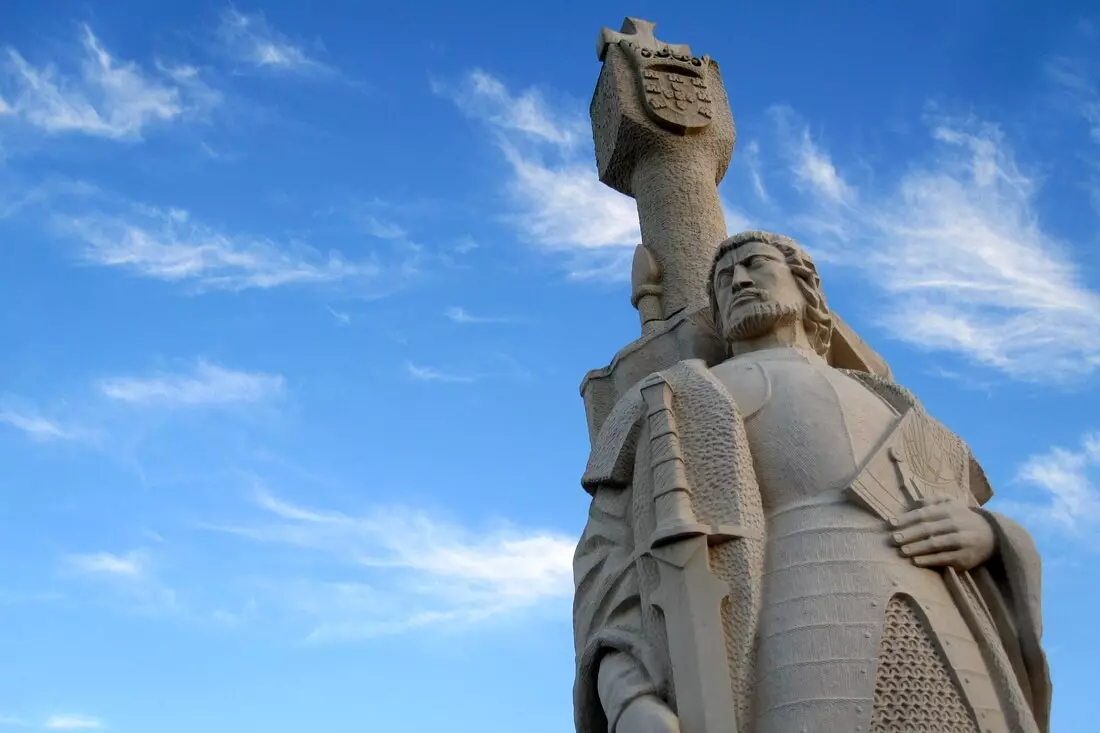
History of the Monument's Founding
Spanish explorer Juan Rodriguez Cabrillo stepped onto the shores of what is now San Diego in 1542, making him the first European to land on the west coast of what would become the United States.
The history of Cabrillo National Monument began with efforts from a local civic group, the Panama Order, which aimed to erect a 150-foot statue on the site of the old lighthouse. After a short period of negotiations, President Woodrow Wilson signed the authorization in 1913 to establish the monument at Old Point Loma.
Cabrillo National Monument offers visitors from around the world the chance to enjoy scenic views at the intersection of the city and harbor of San Diego. The monument illustrates humanity's relationship with its environment. In 1956, the monument became a standalone entity with its own staff and budget. In 1949, the monument was officially transferred to the National Park Service.
What Can You See at Cabrillo Monument?
- 01.The Statue of Juan Rodriguez Cabrillo — The centerpiece of the monument. It symbolizes the significance of European exploration on the West Coast, showcasing the strength and spirit of explorers like Cabrillo.
- 02.Old Point Loma Lighthouse — Another gem of the monument, this lighthouse was built in 1855 and played a crucial role in navigation around San Diego. Today, it serves as a museum where visitors can learn more about the maritime history of the region.
- 03.Panoramic Views — One of the monument's most prominent attractions is the stunning view it offers of San Diego, its bay, and the Pacific Ocean. Visitors lucky enough to come during the winter months can also witness the migration of gray whales.
- 04.Historical Exhibits and Visitor Center — For those who want to delve deeper into the history of the monument, interactive exhibits and information about Cabrillo’s voyages are available, providing valuable context for your visit.
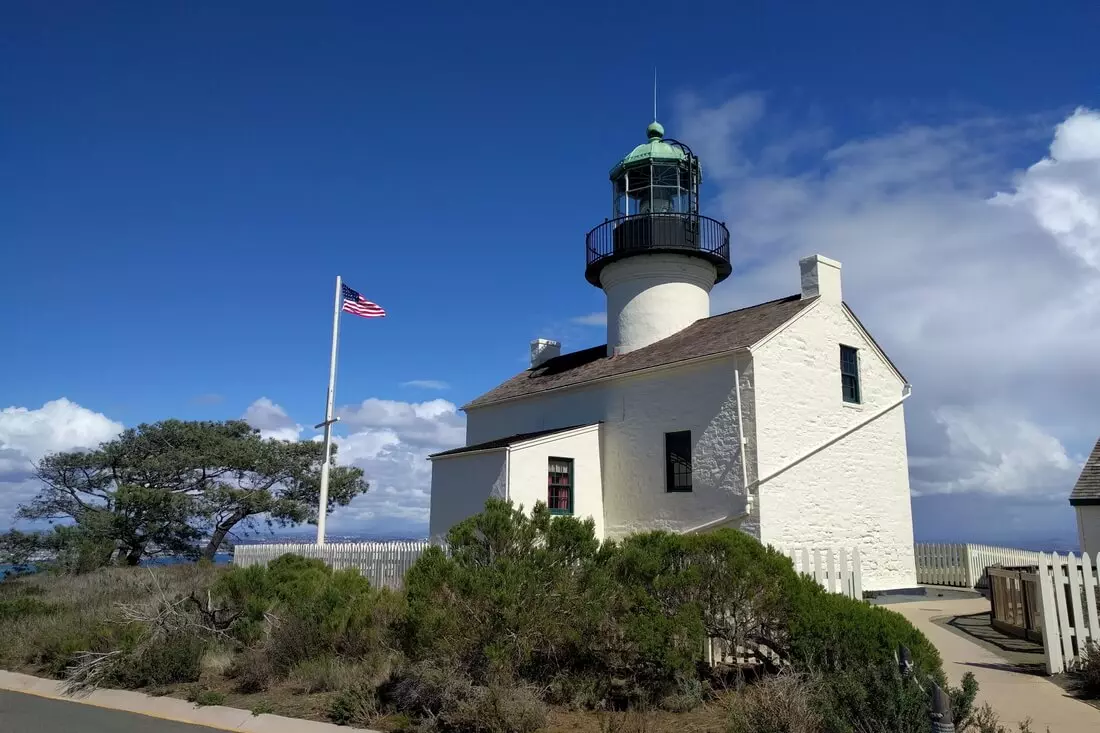
Interesting Facts
Interesting Facts
- Cabrillo is also known as the "California Columbus" because he was the first European to land on the West Coast of the United States.
- In 1932, the monument was declared a California Historical Landmark.
- The statue of Cabrillo was commissioned by the Portuguese government and gifted to the U.S. in 1939.
- The monument was created by sculptor Alvaro de Bree, and stands 14 feet tall, weighing 14,000 pounds.
- The original statue was exposed to the elements, so in 1988, a limestone replica was installed.
- In winter, it's a popular spot for whale-watching, with gray whales migrating from the Arctic to Mexico.
- A 2.5-mile trail runs along the southern California coastline near the monument.
- The attraction also includes the Old Point Loma Lighthouse, built between 1851 and 1855.
Visit Cabrillo National Monument, where you can explore both nature and history, while taking in the breathtaking sights of San Diego's harbor and coastline.
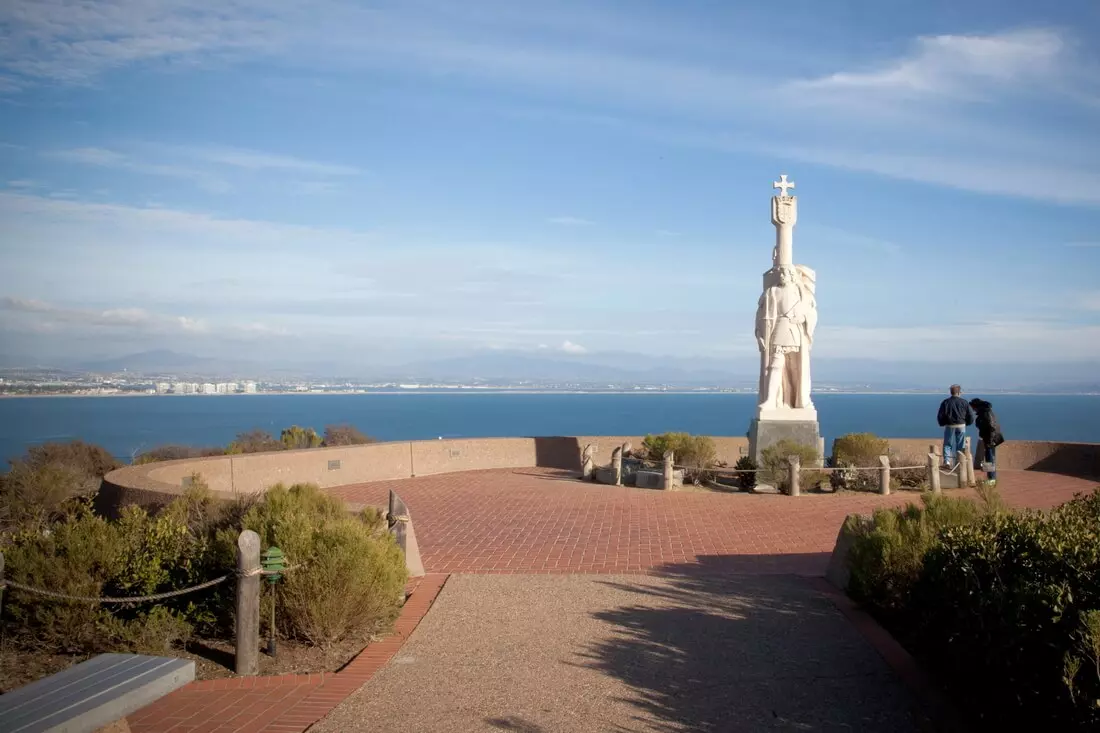
Additional Information
-
The address
1800 Cabrillo Memorial Dr, San Diego, CA 92106
-
Phone
+ 1-619-557-5450
-
Working hours
09:00 am – 05:00 pm.
-
Web site
| The address | 1800 Cabrillo Memorial Dr, San Diego, CA 92106 |
| Phone | + 1-619-557-5450 |
| Working hours | 09:00 am – 05:00 pm. |
| Web site |
With American Butler, your trip to San Diego will be unforgettable. We offer the best tours, ensuring you not only see the top attractions but also delve into the history and culture of the city.
Book a tour with American Butler and make your vacation both comfortable and exciting!























